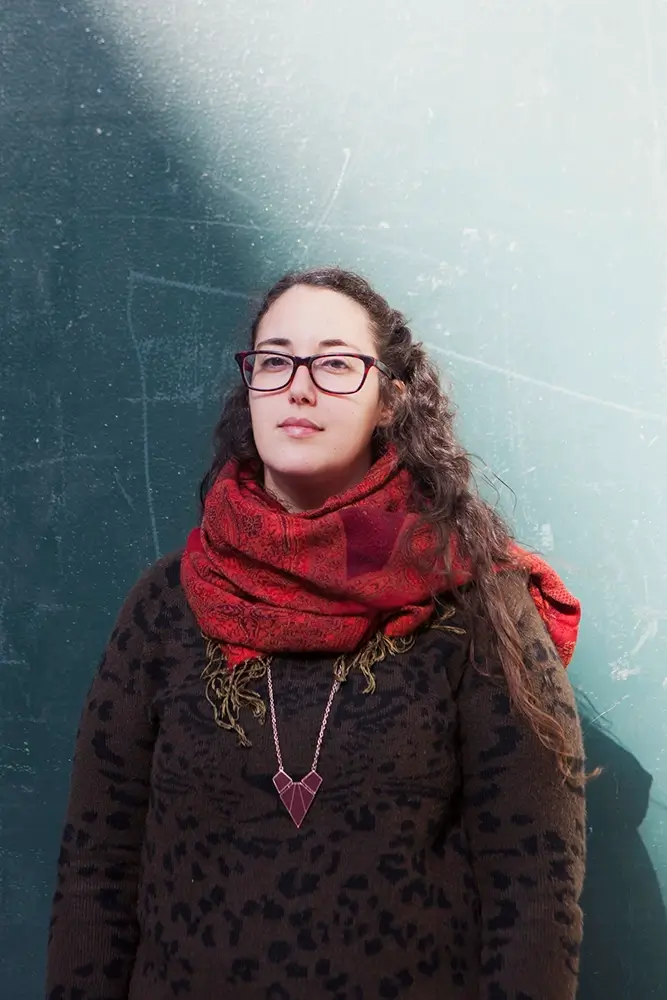Dana Stirling is a fine art photographer and the Co-Founder & Editor of Float Photo Magazine since 2014. She is currently based in Queens, New York. She earned her MFA in Photography, Video, and Related Media from The School Of Visual Arts in 2016, following her earlier BA in Photographic Communications from Hadassah College Jerusalem. Dana Stirling's work has been prominently featured in group exhibitions in the United States and internationally, including reputable venues such as Panop-ticon Gallery and Saatchi Gallery. Her photography has gained recognition in various publications, including Buzzfeed, Feature Shoot, Der Grief Magazine and others.
why am i sad
In the ongoing evolution of my artistic journey, I find myself engaged in a profound process of self-examination, mental health and sadness - using the camera to explore the essence of who I am and my connection to the art of photography. My roots lie in a small town. Within this space, I grappled with a pervasive sense of loneliness that transcended both the physical boundaries and the emotional confines of my surroundings. Even in the company of others, I felt a profound solitude that echoed within and beyond those walls.
Home, rather than a sanctuary, was a place where the weight of stress, anxiety, and extensive sadness loomed. Family, instead of offering solace, became a source of inner turmoil. Unspoken but deeply felt, my mother's battle with clinical depression cast a shadow over me. I saw her lose more and more of herself, becoming less and less a person I understood.
In my youth, I perceived her sadness as a natural extension of my own sadness, failing to grasp the impact it would have on my journey toward understanding and confronting my own struggles with depression as I grow older.
Photography emerged as my lifeline during these moments of isolation. Equipped with my camera, I found solace in the quietude of my room, capturing the silent narratives of everyday objects that became vessels for the unspoken language of my inner dialogue. Photography, in essence, became my personal code, a means of externalizing the words I couldn't articulate verbally. In the silent dialogue with still life, I discovered a form of communication that transcended the limitations of human interaction. Objects, devoid of judgment, spoke the untold stories, becoming my voice in a world where words often fell short.
Despite physically distancing myself from the room that once encapsulated my struggles, the weight of sadness remains a constant companion. Photography, once a means of escape, has transformed into a burden, shaping both my emotional state and the aesthetic of my images. The absence of photography leaves me despondent, while the act of capturing images reflects the pervasive cloud of sadness that hovers above me.
'Why Am I Sad' stands as a pivotal exploration, a journey into the intricate relationship between myself and the art of photography, viewed through the lens of my camera. It is an open-ended question, not posed with the expectation of a definitive answer, but rather as a beacon of hope—an invitation to rediscover comfort within the very medium that has been both a refuge and a challenge.
My work is an exploration of the interplay between personal struggles and the transformative power of artistic expression. Through the lens, I invite viewers to join me in questioning, in reflecting, and in the shared pursuit of finding solace and meaning within the complex tapestry of existence.
Selected Books on

